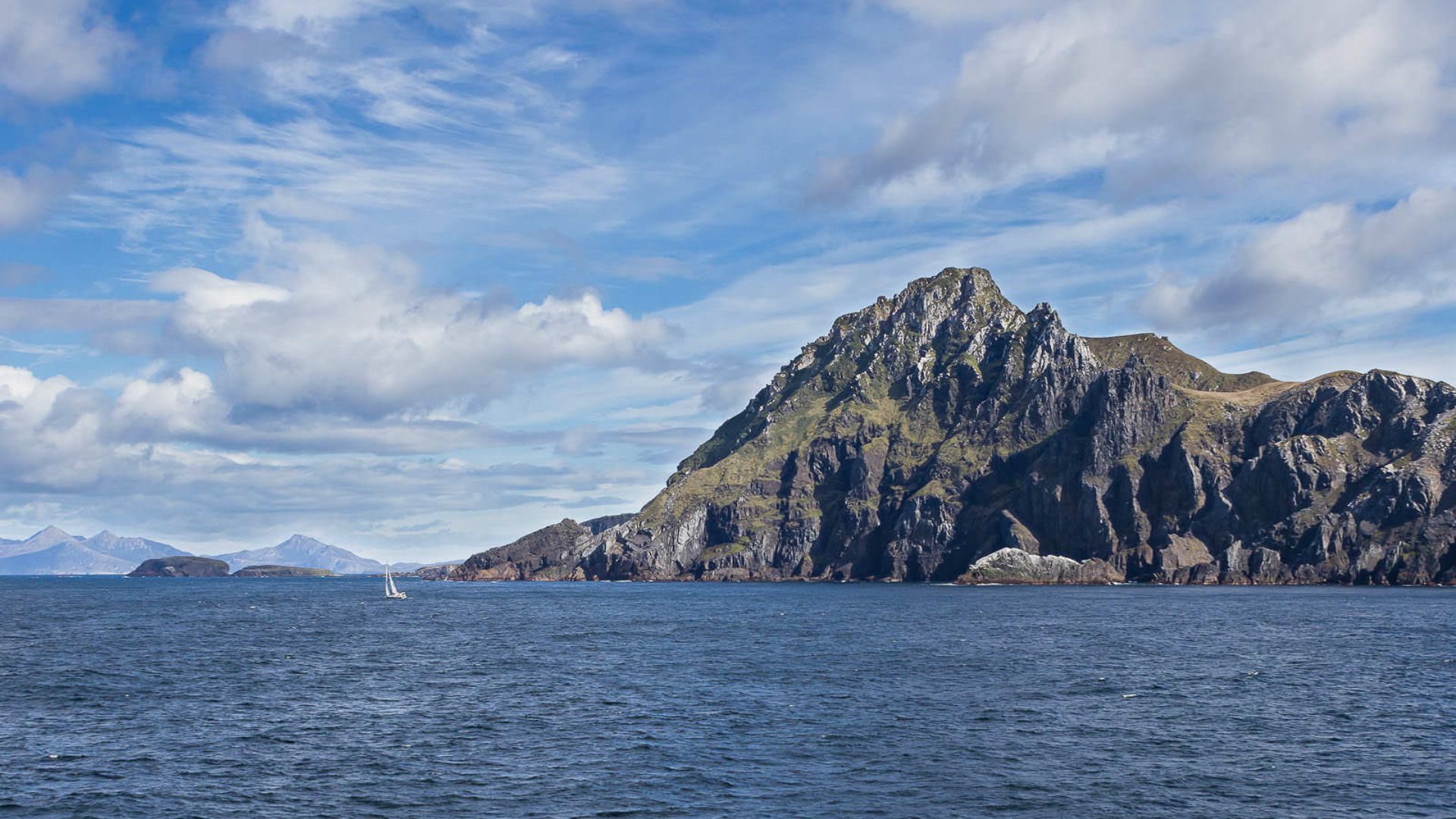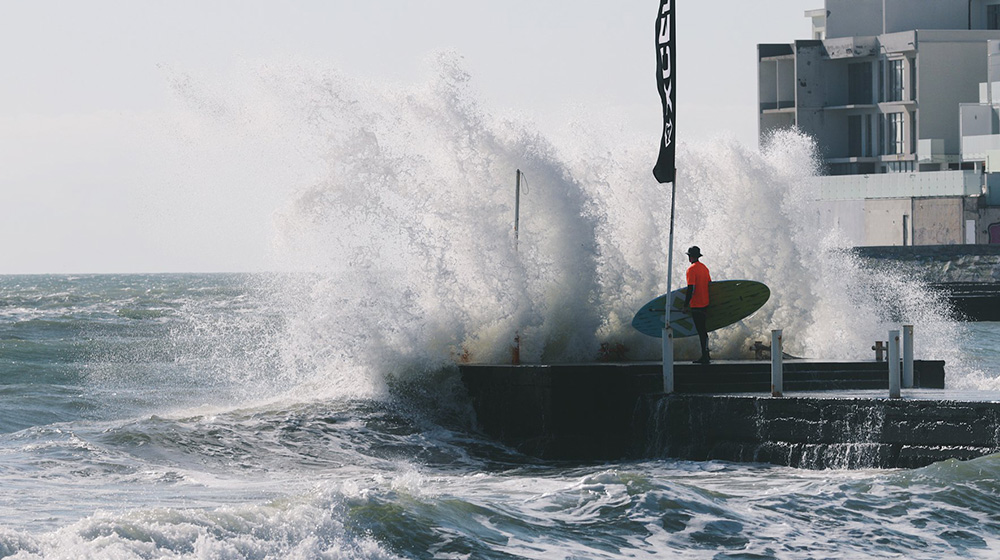
1914 Shackleton’s Endurance found stuck in Antarctica
Recently Australian maritime experts had announced the possible discovery of James Cook Endeavour, but the best was yet to come in ship discoveries this year as an expedition has found the Endurance 3000 metres below sea level in good conditions.
A scientific expedition aboard the S.A. Agulhas II has found one of the most legendary ships in polar exploration. This discovery was made in the Weddell Sea, the gateway to Antarctica. The Endurance was located 3000 metres below sea level and is relatively in good condition.
This brigantine sank on November 21, 1915 after being crushed by the ice it had been trapped in for a year. The whole crew of 27 men and a stowaway were saved thanks to the courage and determination of their leader, Ernest Shackleton, honouring the ship’s name: Endurance.
Like an almond in chocolate
The Endurance left South Georgia on 5 December 1914. Their goal was to reach Antarctica in order to establish a base on the Weddell Sea coast before adventuring further to the Ross Sea, on the other side of the continent.
At first, the ship encountered thick sea ice around the continent, and for several weeks their progress was painfully slow. However, in md-January, a gale pushed the ice against each other, and the ship got stuck in the middle of pack ice.
According to one of the surviving crew members, Thomas Orde-Lees, it was “frozen like an almond in the middle of a chocolate bar”. With nothing else to do but to wait for months, after nine months they decided to abandon the badly damaged ship. They took with them food, bibles, tools, clothing, and three open lifeboats. The cat and some of the dogs were shot.
Courage, determination and ice
On 21 November 1915, the Endurance sank in the water. Frank Worsley, the ship’s captain and navigator, used basic navigational tools to record its location. This information would later be crucial to find the Endurance nowadays.
The men marched across the ice towards land, but after 12 kilometres, they gave up. According to Shackleton, there was nothing else to do but to camp and wait for better conditions that would renew the attempt of escaping from the mortal ice.
In April, the ice broke and the crew used the lifeboats to row to Elephant Island: a remote and uninhabited outcrop. By this point, men were exhausted and, according to Frank Wild, Shackleton’s second in command, “at least half the party were insane”.
However, they survived and after almost 500 days, they stood on solid ground. After Elephant Island they reached South Georgia Island in a stormy voyage of 720 nautical miles (1330 km).
Ernest Shackleton: filled with honours and debts
Originally from Ireland, Shackleton and his family moved to south London when he was ten. His first experience of the polar regions was as the third officer on Captain Robert Falcon Scott’s Discovery expedition (1901-1904) where he was sent home early after they set a new southern record.
His passion for polar expeditions was clear, as in 1907-1909 during the Nimrod expedition they established a new record Farthest South. This was the largest advance to the pole in exploration history to the date. Also, they climbed Mount Erebus, the most active Antarctic volcano. These achievements allowed him to be knighted by King Edward VII when he returned home.
When Roald Amundsen conquered the South Pole in December 1911, Shackleton turned his attention to crossing Antarctica from sea to sea. However, the expedition turned into a disaster as the Endurance got trapped in ice. Away from expeditions, he searched pathways to wealth and security, but all business ventures he launched failed.
Shackleton died of a heart attack while his ship was moored in South Georgia in heavy debt. At his wife’s request, he was buried there. Although largely forgotten while the reputation of his rival Scott remained, later in the 20th century he was rediscovered and became a role model for leadership.
This new discovery will aid marine archaeologists in finding more about this milestone in polar history after the Endurance got trapped in ice and sank in ice cold water. Below, you can see some images of the original crew of ship Endurance and S.A. Agulhas II (South Africa) during their investigation:
The SA Agulhas II, the South African polar research vessel, breaking through ice on their expedition to find the Endurance
Photograph: James Blake/Falklands Maritime Heritage Trust/PA
Photos, videos and laser pictures of the Endurance displayed on monitors in the control room of the SA Agulhas II
Photograph: Esther Horvath/Falklands Maritime Heritage Trust/PA
The SA Agulhas II found the Endurance at a depth of 3008 metres in the Weddell Sea. This is within the search area defined by the expedition team and four miles south of the position recorded by Endurance’s captain, Frank Worsley
Photograph: James Blake/Falklands Maritime Heritage Trust/PA
The stern of the wreck
Photograph: Falklands Maritime Heritage Trust/National Geographic/PA
Officers and crew of the Endurance posing under the bow of the ship during the Imperial Trans-Antarctic expedition (1914-1917) led by Shackleton
Photograph: Scott Polar Research Institute, University of Cambridge/Getty Images
The Endurance trapped in ice before its sinking (1915)
Photograph: Bettmann Archive
Team members (from left) Shears, Bound, Nico Vincent and JC Caillens displaying the first scan of Endurance wreckage.
Photograph: Esther Horvath/Falklands Maritime Heritage Trust/PA













_v2.svg)
_v2.svg)









_v2.svg)


